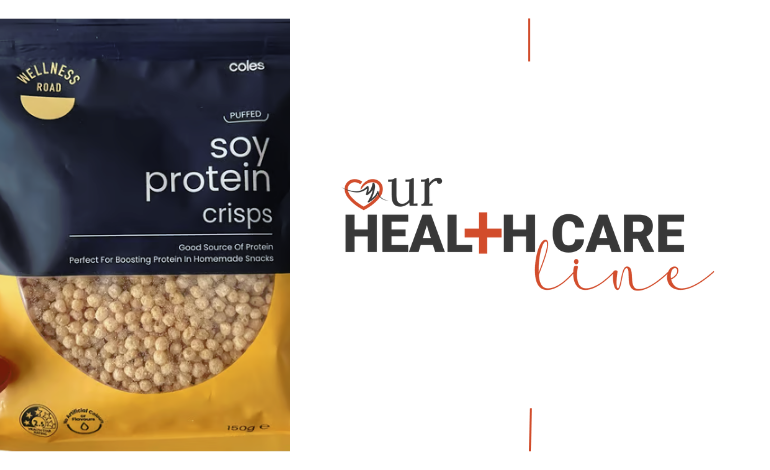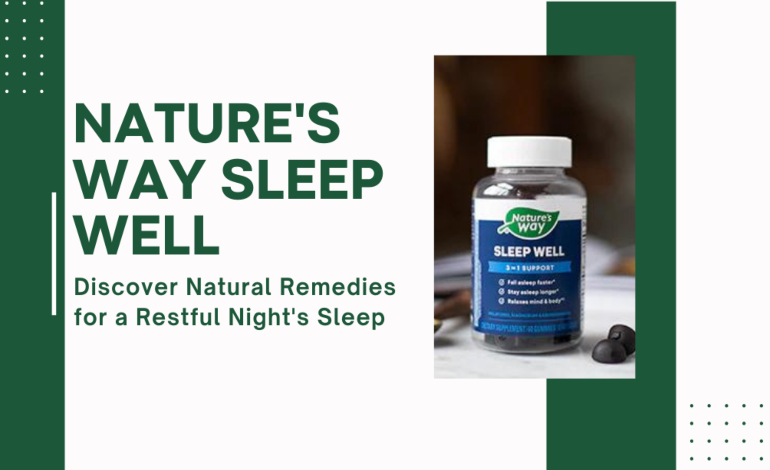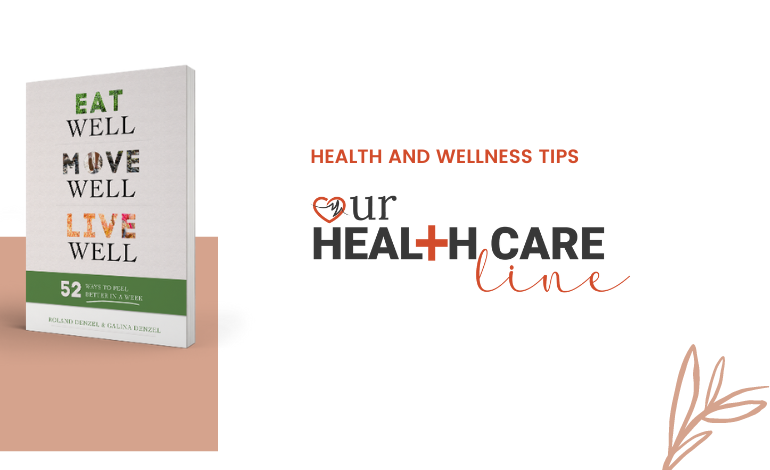
Eat Well, Move Well, EatMoveLive Better in a Week: Your Path to Vibrant Health
Introduction
In a world where hectic schedules and fast-paced living often take a toll on our health, the quest for a vibrant and fulfilling life has never been more critical. The good news is that it’s entirely possible to make significant improvements in your health, energy levels, and overall well-being in just one week. How? Through the power of “Eat Well, Move Well, EatMoveLive Better in a Week.” In this comprehensive guide, we’ll explore the science-backed strategies and actionable advice that can help you transform your life for the better. From improving posture to enhancing sleep quality, managing stress, and adopting a healthier diet, we’ve got you covered.
Posture Matters – The Foundation of Wellness
Eat Well, Move Well, EatMoveLive Better in a Week
Your posture isn’t just about looking poised; it’s about maintaining the optimal alignment of your body for health and vitality. Proper posture contributes to reduced strain on your muscles, joints, and spine. It can also boost your confidence and mood. In this chapter, we delve deep into the world of posture, providing you with a comprehensive understanding of why it matters and how to achieve it:
The Fundamentals of Good Posture
Good posture is not just about looking confident and composed; it plays a fundamental role in your overall well-being. Understanding the fundamentals of good posture is the first step towards reaping its benefits. Here’s what you need to know:
- Spinal Alignment: The spine is the central pillar of your body, and maintaining its natural curves is crucial. Good posture involves keeping the head, neck, and spine in alignment. This alignment supports the body’s weight efficiently and reduces the risk of strain.
- Weight Distribution: Proper posture ensures that your body weight is evenly distributed across your feet when standing and your hips when sitting. This minimizes the pressure on specific joints and muscles, reducing the likelihood of discomfort and pain.
- Muscle Balance: Good posture requires a balanced engagement of muscles. It prevents certain muscle groups from becoming overworked or weakened. When your muscles work harmoniously, you experience less fatigue and improved mobility.
- Breathing and Digestion: Correct posture allows for optimal lung expansion, promoting better oxygen intake and respiratory efficiency. Additionally, it aids in proper digestion by giving your internal organs more space to function effectively.
The Science of Posture Alignment
The science behind posture alignment delves into the anatomical and physiological aspects of maintaining a well-aligned body. This understanding is vital because posture alignment directly influences your physical health in several ways:
- Spinal Health: The spine’s natural curves—cervical (neck), thoracic (upper back), lumbar (lower back), and sacral (pelvic)—serve distinct roles in weight-bearing, shock absorption, and mobility. Poor posture can lead to misalignment, which may cause spinal issues over time, such as disc compression or herniation.
- Nerve Function: Misaligned posture can put pressure on nerves, affecting the communication between your brain and various parts of your body. This may result in numbness, tingling, or pain in the extremities.
- Muscular Imbalances: Incorrect posture can lead to muscle imbalances as some muscles become overactive while others weaken. Over time, this can contribute to chronic pain, joint dysfunction, and limitations in movement.
- Respiratory Efficiency: Proper posture allows for full lung expansion, optimizing oxygen intake and carbon dioxide removal. This is vital for overall health and energy levels.
Achieving and Maintaining Proper Posture
Achieving and maintaining proper posture involves both awareness and consistent effort. Here are some practical tips and exercises to help you in this journey:
- Awareness: Start by becoming mindful of your posture throughout the day. Check in with yourself periodically to ensure you’re maintaining good posture when sitting, standing, or walking.
- Ergonomic Adjustments: Make adjustments to your workspace or daily activities to support good posture. For instance, ensure your chair and desk are set up ergonomically, and position your computer monitor at eye level to avoid straining your neck.
- Strengthen Core Muscles: Core-strengthening exercises, such as planks and bridges, can help you develop the necessary muscle strength to support good posture.
- Stretch and Mobilize: Incorporate stretches and mobility exercises into your routine to address any tightness or stiffness that may be affecting your posture. Yoga and Pilates can be particularly beneficial.
- Posture-Correcting Tools: Consider using tools like lumbar rolls or posture braces to assist you in maintaining proper alignment, especially during activities that may challenge your posture.
Move Well – The Power of Physical Activity
Physical activity is the cornerstone of a healthy lifestyle. Regular exercise not only helps you shed excess weight but also boosts your energy levels, reduces stress, and promotes better sleep. In this chapter, we explore the myriad benefits of moving well and provide actionable guidance to get you started:
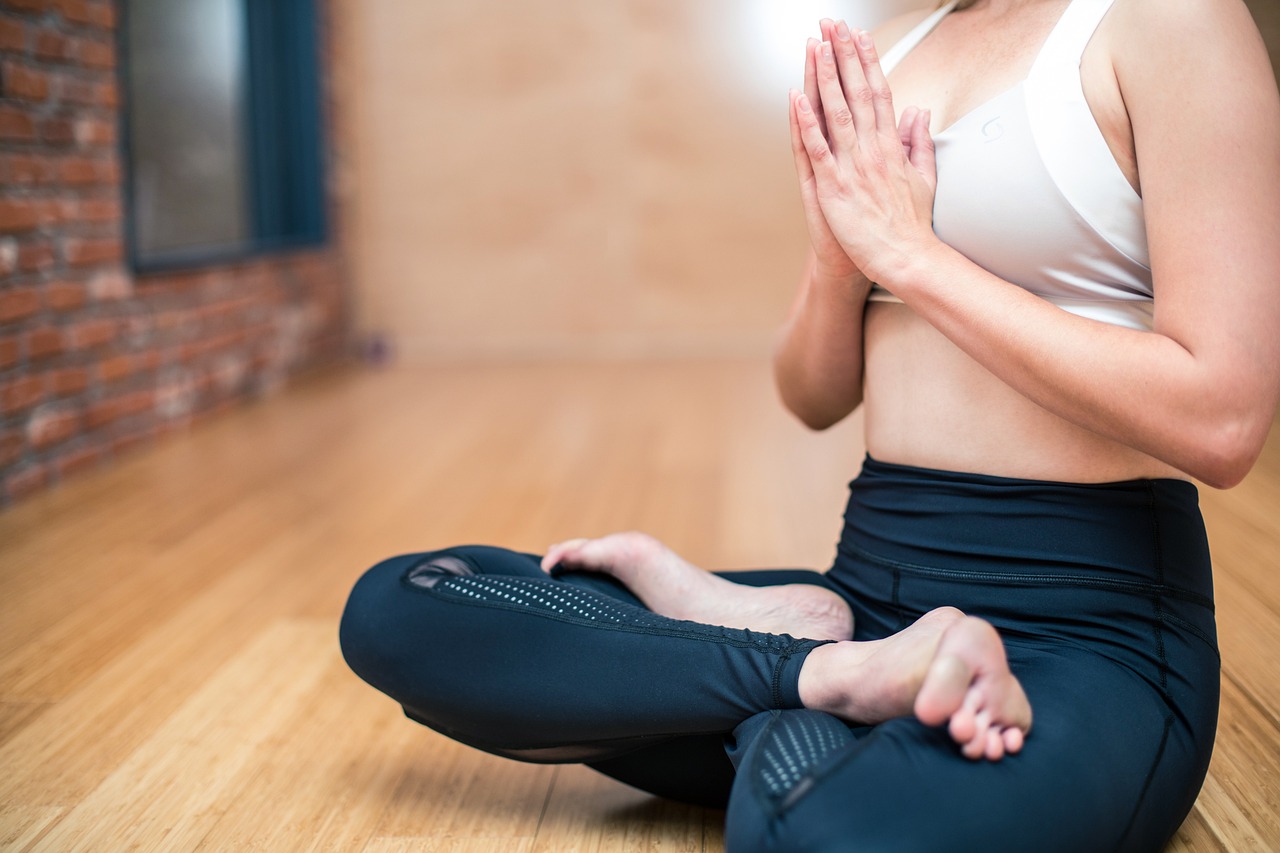
The Science Behind Exercise
Exercise isn’t just about burning calories and building muscle; it’s a complex physiological process with profound effects on your physical and mental health. Here’s a deeper look into how exercise positively impacts your well-being:
- Physical Health Benefits: Regular exercise boosts cardiovascular health by improving blood circulation and reducing the risk of heart disease. It helps maintain a healthy weight, lowers blood pressure, and enhances insulin sensitivity, reducing the risk of type 2 diabetes. Exercise also strengthens bones and muscles, reducing the risk of osteoporosis and fractures.
- Mental Health Benefits: Exercise is a powerful mood booster. It stimulates the release of endorphins, which are natural mood lifters, reducing symptoms of depression and anxiety. Exercise also improves cognitive function, enhances memory, and may even protect against neurodegenerative diseases like Alzheimer’s.
- Stress Reduction: Exercise triggers the release of stress-reducing hormones like norepinephrine and helps regulate the stress response. Regular physical activity can significantly reduce overall stress levels and promote relaxation.
- Better Sleep: Exercise can improve sleep quality by promoting deeper and more restful sleep. It can also help alleviate symptoms of sleep disorders like insomnia.
- Increased Energy: Paradoxically, regular exercise increases energy levels. It enhances overall endurance and stamina, making daily tasks feel less exhausting.
Walking Your Way to Wellness
Walking is one of the most accessible and enjoyable forms of exercise, with numerous benefits for your well-being:
- Cardiovascular Health: Regular brisk walking can lower the risk of heart disease by improving circulation, reducing blood pressure, and managing cholesterol levels.
- Weight Management: Walking burns calories and helps maintain a healthy weight. It’s an excellent exercise for those looking to shed a few pounds or maintain their current weight.
- Mental Clarity: Walking in nature or simply outdoors can clear your mind, reduce stress, and enhance mental clarity. It’s an excellent way to take a break from work or daily stressors.
- Low Impact: Unlike high-impact activities, walking is gentle on the joints, making it suitable for individuals of all fitness levels and ages.
- Social Interaction: Walking with friends or in groups can be a social activity, promoting a sense of connection and well-being.
- Improved Mood: Like other forms of exercise, walking releases endorphins, leading to improved mood and reduced symptoms of anxiety and depression.
Natural Movement for Fitness
Natural movement involves engaging in physical activities that mimic the movements our ancestors performed in their daily lives. It’s a holistic approach to fitness that promotes overall well-being:
- Functional Fitness: Natural movements include activities like crawling, jumping, climbing, and lifting. These movements engage multiple muscle groups and improve functional fitness, making it easier to perform everyday tasks.
- Enhanced Flexibility: Natural movement encourages flexibility and mobility. Movements like stretching, bending, and twisting promote joint health and reduce the risk of injuries.
- Connection to Nature: Many natural movement activities take place outdoors, allowing you to connect with nature and enjoy the mental and emotional benefits of being in natural settings.
- Mind-Body Connection: Natural movement fosters a strong mind-body connection. It requires focus, coordination, and mindfulness, promoting a deeper sense of awareness and well-being.
Tailored Exercise Routines
Finding the right exercise routine that suits your fitness level and goals is essential for a successful and enjoyable fitness journey. Here’s how to tailor your exercise routine to your specific needs:
- Beginners: If you’re new to exercise, start slowly and gradually increase the intensity. Focus on activities like walking, swimming, or beginner-level fitness classes. Consistency is key to building a foundation of fitness.
- Intermediate: For those with some exercise experience, consider adding variety to your routine. Incorporate strength training to build muscle and improve overall fitness. You can also explore activities like cycling or hiking for a fresh challenge.
- Fitness Enthusiasts: If you’re a fitness enthusiast, your routine may involve more advanced workouts. Consider high-intensity interval training (HIIT) for a cardiovascular challenge, or explore specialized activities like CrossFit or yoga to push your limits and enhance flexibility.
- Balancing Cardio and Strength: Regardless of your fitness level, it’s essential to strike a balance between cardiovascular exercise and strength training. This comprehensive approach supports overall health and well-rounded fitness.
Sleep Better, Live Better
Must Read: Unveiling Women’s Wellness Wisdom
Quality sleep is the unsung hero of good health. Without it, our physical and mental well-being suffer. If you’re struggling with sleep issues or simply want to enhance your sleep quality, this chapter is your go-to resource:
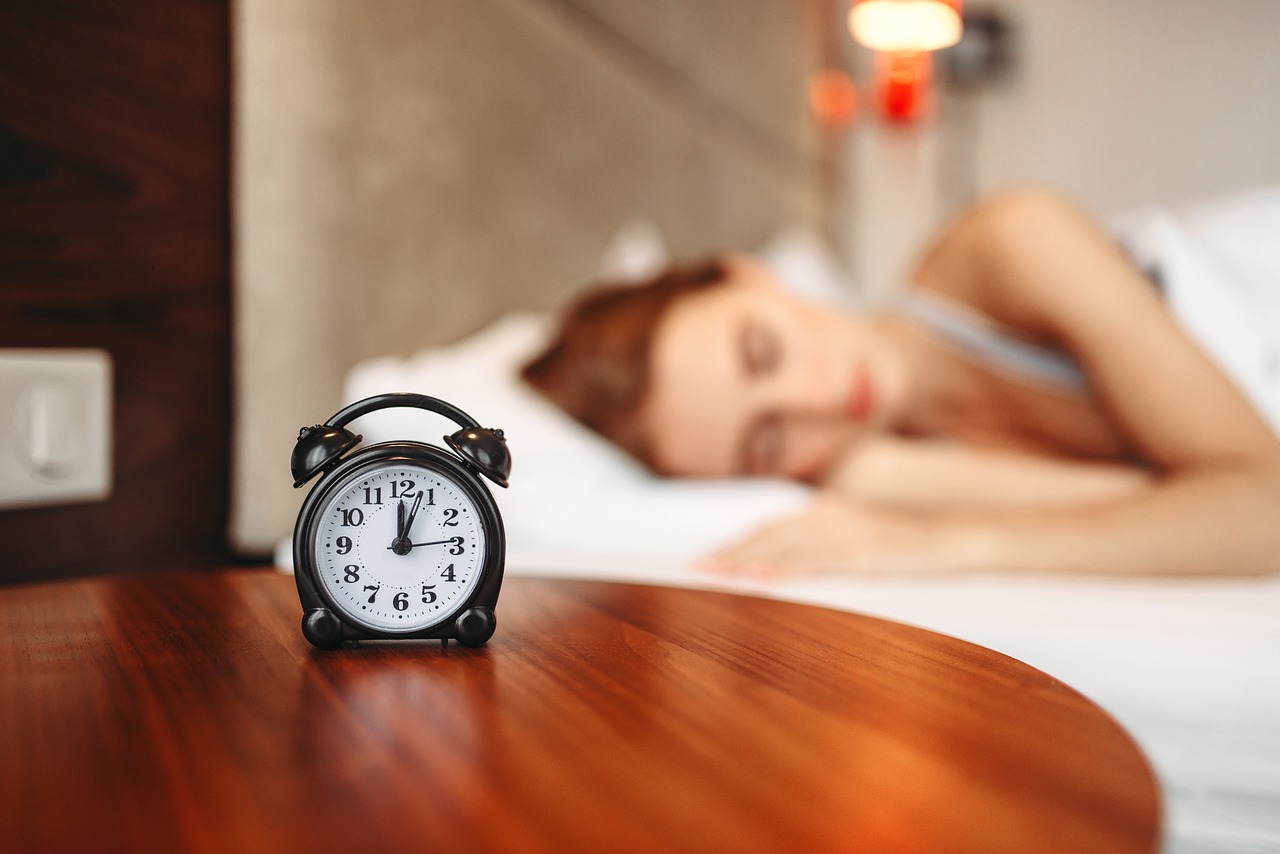
Sleep Hygiene: Creating Your Sleep Sanctuary
Quality sleep is essential for your overall well-being, and creating a sleep-conducive environment is a crucial aspect of achieving restful nights. Here’s why it matters and how you can set up your sleep sanctuary:
- The Importance of Sleep Environment: Your sleep environment plays a significant role in the quality of your sleep. A conducive sleep environment can help you fall asleep faster, sleep deeper, and wake up feeling more refreshed.
- Declutter and Organize: Start by decluttering your bedroom. Remove unnecessary items, keeping only what’s essential. An organized space promotes relaxation and a sense of calm.
- Lighting: Keep your bedroom as dark as possible. Use blackout curtains to block out external light sources, and consider using a dim nightlight if needed.
- Comfortable Bedding: Invest in a comfortable mattress and pillows that support your sleep style. High-quality bedding can make a significant difference in your sleep quality.
- Temperature Control: Maintain a comfortable room temperature. A slightly cooler room, typically between 60-67°F (15-19°C), is generally conducive to sleep.
- Noise Reduction: If you live in a noisy environment, consider using white noise machines or earplugs to block out disruptive sounds.
Relaxation Techniques for Improved Sleep
Relaxation techniques are invaluable tools for improving sleep quality by reducing stress and promoting relaxation:
- Deep Breathing: Deep breathing exercises involve taking slow, deep breaths to calm the nervous system. Practicing deep breathing before bedtime can help reduce anxiety and prepare your body for sleep.
- Progressive Muscle Relaxation (PMR): PMR involves systematically tensing and then relaxing different muscle groups in your body. This practice can help release physical tension and ease into a state of relaxation conducive to sleep.
- Guided Imagery: Guided imagery involves visualizing peaceful and calming scenes or scenarios. This mental exercise can divert your attention from racing thoughts and promote relaxation.
- Mindfulness Meditation: Mindfulness meditation focuses on being present in the moment, letting go of worries and stressors. Regular mindfulness practice can improve sleep quality by reducing anxiety and racing thoughts.
Vacations as a Source of Rest and Rejuvenation
Vacations are an excellent opportunity to rest and rejuvenate, ensuring you return feeling refreshed and revitalized. Here’s how to make the most of your vacation time:
- Prioritize Rest: Recognize that vacations are not just about exploring new places but also about resting and recharging. Avoid overloading your schedule with activities, and allocate time for relaxation.
- Disconnect: Consider taking a break from technology during your vacation. Limit screen time, especially before bedtime, to improve sleep quality and truly unwind.
- Explore Nature: Spending time in nature has numerous mental and physical health benefits. Plan outdoor activities like hiking, swimming, or simply taking leisurely walks in natural surroundings.
- Mindful Enjoyment: Be present during your vacation. Savor the experiences, sights, and flavors. Practicing mindfulness during your vacation can enhance your sense of relaxation and enjoyment.
- Quality Sleep: Ensure that your accommodation provides a comfortable and quiet sleep environment. Prioritize sleep hygiene practices even while on vacation to maintain sleep quality.
Stress Knockout – Building Resilience
Also See: Wellness Road Soy Protein Crisps
Stress is a common adversary in our fast-paced lives. However, you can develop strategies to combat it effectively and build resilience. In this chapter, we explore various stress management techniques and offer practical advice to help you knock out stress:
- Stress Reduction Techniques: A Comprehensive Guide: Explore mindfulness, meditation, and other relaxation methods to reduce stress and promote well-being.
- Building a Support Network: Nurturing Your Social Connections: Learn how to nurture your social relationships and seek support when needed.
- Simple but Powerful Changes for a Stress-Free Life: Make small yet impactful changes to your daily routine that can significantly reduce stress and improve your overall quality of life.
Conclusion
Eat Well, Move Well, EatMoveLive Better in a Week isn’t just a book; it’s a roadmap to a healthier, happier you. By focusing on improving posture, incorporating movement, enhancing sleep quality, managing stress, and adopting a healthier diet, you can experience transformative changes in just seven days. Start your journey today and unlock the potential of a vibrant, well-lived life.
FAQs
How can I eat well, move well, and live better in just one week?
Achieving meaningful improvements in one week is possible by making focused, sustainable changes to your lifestyle. This guide provides practical strategies for doing just that.
Is “Eat Well, Move Well, EatMoveLive Better in a Week” suitable for beginners?
Absolutely! This guide caters to individuals of all fitness levels, from beginners to fitness enthusiasts and professionals, offering tailored advice for everyone.
Can I really transform my posture in a week?
While you may not achieve perfect posture in a week, you can make substantial improvements by following the guidance provided here. Consistency is key.
What if I don’t have much time for exercise?
Even short bursts of physical activity can make a significant difference. The guide offers solutions for incorporating movement into busy schedules, ensuring that time constraints are not a barrier to better health.
Will these strategies help me manage stress effectively?
Yes, the stress management techniques outlined in this guide are designed to help you build resilience and reduce the impact of stress on your life. They can be tailored to your specific needs and circumstances.
How can I make the most of my vacations for relaxation and better health?
By prioritizing rest, relaxation, and engaging in healthy activities during your vacations, you can return feeling refreshed, rejuvenated, and ready to tackle the challenges of daily life with renewed vigor.
